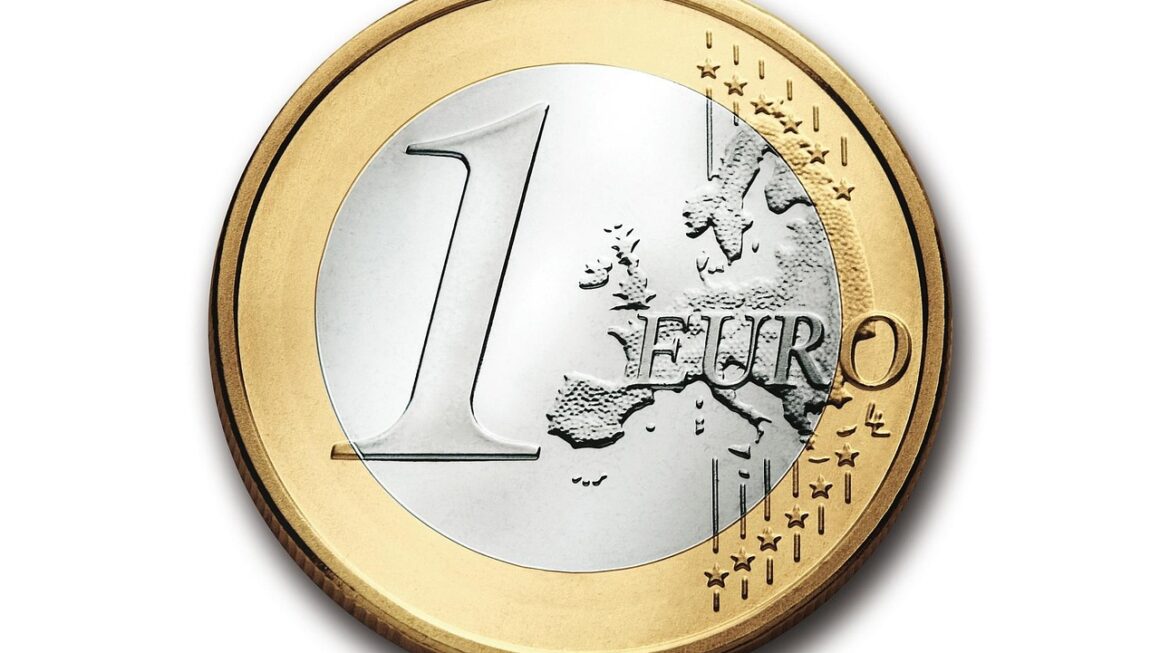Feeling overwhelmed by your finances? You’re not alone. Many people struggle with managing their money effectively. But the good news is that creating a budget doesn’t have to be complicated or restrictive. A well-planned budget is your roadmap to financial freedom, helping you achieve your goals, reduce stress, and build a secure future. This comprehensive guide will walk you through the essential steps of effective budget planning, providing practical tips and insights along the way.
Understanding the Basics of Budget Planning
What is a Budget and Why is it Important?
A budget is simply a plan for how you will spend your money. It’s a tool that allows you to track your income and expenses, making sure your money is going where you want it to go. It’s not about restricting yourself, but rather about making informed decisions and prioritizing what’s most important to you.
- Why is a budget important?
It provides clarity on your financial situation.
It helps you identify areas where you can save money.
It enables you to reach your financial goals, such as paying off debt, buying a home, or investing for retirement.
It reduces financial stress and anxiety.
It gives you control over your money rather than letting it control you.
- Example: Imagine wanting to save for a down payment on a house. Without a budget, you might spend impulsively and struggle to accumulate the necessary funds. A budget helps you track your spending, identify areas to cut back, and allocate those savings towards your down payment goal.
Different Budgeting Methods
There are several budgeting methods to choose from, each with its own strengths and weaknesses. Experiment to find the one that best suits your personality and lifestyle.
- 50/30/20 Rule: Allocates 50% of your income to needs, 30% to wants, and 20% to savings and debt repayment.
- Zero-Based Budgeting: Every dollar is assigned a purpose, ensuring that your income minus your expenses equals zero.
- Envelope System: Uses physical envelopes to allocate cash for specific spending categories, like groceries or entertainment.
- Budgeting Apps and Software: Utilize technology to track your income, expenses, and progress towards your financial goals. Popular options include Mint, YNAB (You Need a Budget), and Personal Capital.
- Practical Tip: Start with a simple method like the 50/30/20 rule. As you become more comfortable with budgeting, you can explore more detailed methods like zero-based budgeting.
Creating Your Budget: A Step-by-Step Guide
Step 1: Calculate Your Income
The first step is to determine your total income. This includes all sources of revenue, such as your salary, wages, freelance income, investment income, and any other sources.
- Calculate your net income (take-home pay) after taxes and deductions.
- If your income fluctuates, calculate an average monthly income based on the past 3-6 months.
- Be realistic and conservative when estimating your income.
- Example: If you earn a salary of $5,000 per month before taxes, and your net (take-home) pay is $3,800, use $3,800 as your monthly income for budgeting purposes.
Step 2: Track Your Expenses
Tracking your expenses is crucial for understanding where your money is going. You can use a budgeting app, spreadsheet, notebook, or a combination of these methods.
- Track your expenses for at least one month to get an accurate picture of your spending habits.
- Categorize your expenses into fixed expenses (rent/mortgage, utilities, insurance) and variable expenses (groceries, entertainment, dining out).
- Use a budgeting app or spreadsheet to automatically track your expenses by linking your bank accounts and credit cards.
- Example: After tracking your expenses for a month, you realize you spend $500 per month on dining out. This information can help you identify opportunities to cut back and save money.
Step 3: Categorize and Analyze Your Spending
Once you’ve tracked your expenses, categorize them to identify areas where you can potentially save money.
- Identify your needs versus wants. Needs are essential for survival (housing, food, transportation), while wants are non-essential items (entertainment, dining out, designer clothes).
- Analyze your spending habits to identify areas where you’re overspending.
- Look for opportunities to reduce your expenses without sacrificing your quality of life.
- Example: You notice you’re spending $200 per month on coffee. By brewing coffee at home, you can save $150 per month, or $1,800 per year.
Step 4: Set Financial Goals
Setting financial goals is essential for staying motivated and focused on your budget. Your goals should be specific, measurable, achievable, relevant, and time-bound (SMART).
- Short-term goals: Saving for a vacation, paying off credit card debt, building an emergency fund.
- Mid-term goals: Buying a car, saving for a down payment on a house.
- Long-term goals: Saving for retirement, paying for your children’s education.
- Example: Instead of saying “I want to save more money,” set a SMART goal like “I will save $500 per month for the next 12 months to build an emergency fund of $6,000.”
Tips for Sticking to Your Budget
Automate Your Savings
Set up automatic transfers from your checking account to your savings account each month. This ensures that you consistently save money without having to think about it.
- Treat savings like a bill and pay yourself first.
- Set up automatic transfers for debt repayment as well.
- Consider using a high-yield savings account to earn more interest on your savings.
- Example: Set up an automatic transfer of $200 from your checking account to your savings account on the 1st of each month.
Track Your Progress Regularly
Regularly review your budget to track your progress and make adjustments as needed.
- Review your budget at least once a month.
- Compare your actual spending to your budgeted amounts.
- Identify any areas where you’re overspending or falling behind.
- Make adjustments to your budget as needed to stay on track.
- Practical Tip: Use a budgeting app or spreadsheet to easily track your progress and visualize your financial data.
Be Flexible and Adaptable
Life happens, and unexpected expenses can arise. Be prepared to adjust your budget as needed to accommodate these unexpected events.
- Build a buffer into your budget for unexpected expenses.
- Don’t get discouraged if you occasionally overspend. Get back on track as soon as possible.
- Be willing to make adjustments to your budget as your income or expenses change.
- Example: If your car needs unexpected repairs, adjust your budget by cutting back on non-essential expenses to cover the cost.
Common Budgeting Mistakes to Avoid
Not Tracking Expenses Accurately
Failing to track expenses accurately is a common mistake that can derail your budget.
- Use a budgeting app or spreadsheet to track every dollar you spend.
- Don’t forget about small expenses, such as coffee or snacks.
- Review your bank and credit card statements regularly to ensure you’re not missing any expenses.
Setting Unrealistic Goals
Setting unrealistic goals can lead to frustration and discouragement.
- Start with small, achievable goals and gradually increase them over time.
- Be realistic about your income and expenses.
- Focus on making progress rather than trying to achieve perfection.
Ignoring Irregular Expenses
Ignoring irregular expenses, such as annual insurance premiums or holiday gifts, can throw off your budget.
- Factor in irregular expenses when creating your budget.
- Set aside money each month to cover these expenses when they arise.
- Use a sinking fund to save for these expenses.
- *Practical Tip: Create a calendar to track all irregular expenses throughout the year.
Conclusion
Budget planning is a powerful tool for achieving your financial goals and building a secure future. By understanding the basics of budgeting, creating a detailed budget, and sticking to your plan, you can take control of your finances and live a more financially secure life. Remember to be patient, flexible, and persistent, and celebrate your successes along the way. Your financial well-being is worth the effort.




